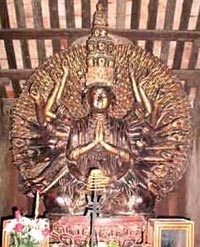Ancient Egypt is an ancient civilization located in the northeastern region of Africa, primarily along the lower reaches of the Nile River.
The entire fertile Nile Delta is regarded as the cradle of ancient Egyptian civilization. This civilization lasted for thousands of years. Among its periods, the era of the great pharaohs who ruled ancient Egypt is perhaps the most famous and accomplished, featuring figures such as pharaoh Djoser, Khufu, Akhenaten, Tutankhamun, and Ramses II.
In fact, by the late 19th century, many tombs of these great pharaohs scattered throughout the Valley of the Kings had been discovered and excavated or plundered by grave robbers. However, even today, intact tombs continue to be found and excavated.
For instance, in 2020, archaeologists made a new discovery at Dahshur, a royal burial ground located in the desert on the West Bank of the Nile, about 40 km from Cairo.
Specifically, the experts found numerous artifacts and cultural relics inside a sarcophagus believed to belong to a king, as it was placed within a pyramid. According to ancient Egyptian customs, only kings, also known as pharaohs, were buried within pyramids.
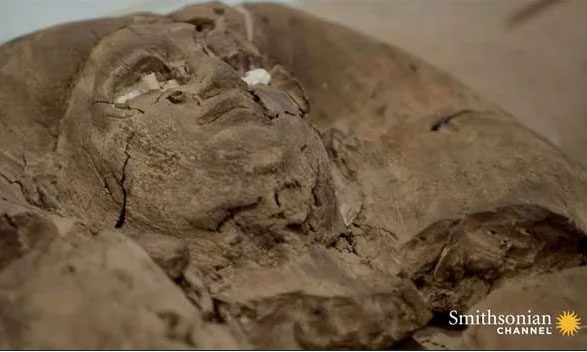
The exterior of the sarcophagus found inside the tomb. (Photo: Smithsonian).
Dr. Yasmin El Shazly, an Egyptologist and head of a team of archaeologists, collaborated with colleagues to piece together the wooden fragments discovered in the burial chamber. Eventually, they formed a beautifully carved lid for the sarcophagus.
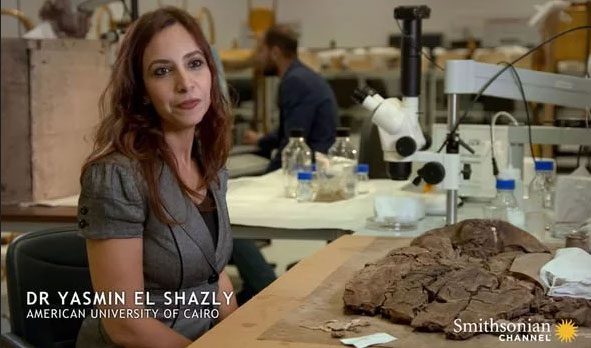
Dr. Yasmin El Shazly is the head of the research team that discovered the pyramid containing the mummy of a mysterious woman. (Photo: Smithsonian).
Dr. Yasmin El Shazly stated: “Sarcophagi often feature depictions that resemble their owners. However, they are idealized, as they represent what will exist forever.“
Initially, researchers set to work believing that the owner of the sarcophagus within the pyramid was a king. However, as restoration and research progressed, this assumption was quickly proven to be incorrect.
“The restoration revealed something astonishing. This is not a king. In fact, it is a mysterious woman.” Shazly added.
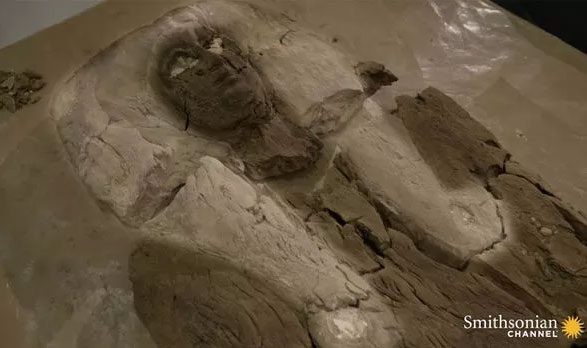
Women in ancient Egypt often wore Hathor wigs. (Photo: Smithsonian).
This expert explained that the lid of the sarcophagus shows a woman wearing a Hathor wig, a common accessory for women during the Middle Kingdom period.
Hathor is an ancient Egyptian goddess. With various roles spanning life and death, Hathor was considered a very important deity in ancient Egyptian religion. She is often depicted with a sun disk and a pair of cow horns on her head. Hathor embodies love, beauty, femininity, the sky, joy, art, mining, and sexuality.
Who is the mysterious woman found in the tomb dedicated to an Egyptian king?
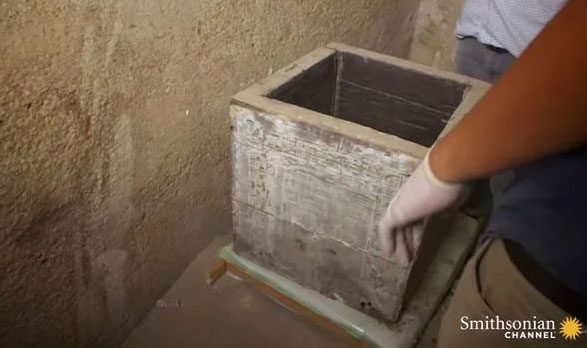
Archaeologists found a chest with many hieroglyphs in the tomb. (Photo: Smithsonian).
The mummy of this mysterious woman was discovered next to a chest adorned with numerous hieroglyphs. Therefore, researchers hope it will help them decipher and uncover the identity of the woman.
However, the area where the woman’s name was inscribed was severely damaged. This is indeed unfortunate.
Egyptologists have deciphered the remaining hieroglyphs and explained that: “The extremely important aspect of this chest is that we know it belonged to a princess. Because it is inscribed with ‘daughter of the king.’“
Although it has been established that the tomb’s owner was a princess, her name remains a mystery. Particularly, the reason why this princess was buried within a pyramid is still unexplained.
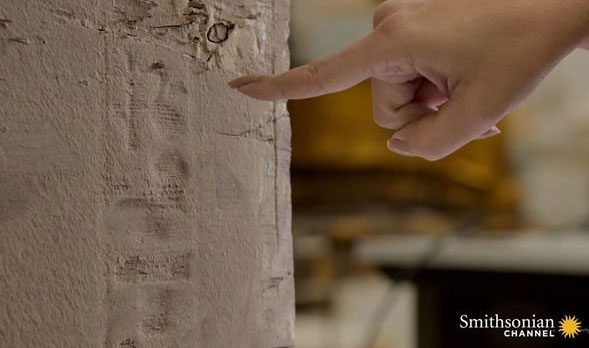
The hieroglyphs in the tomb reveal that the owner was a princess of ancient Egypt. (Photo: Smithsonian)
Professor Aidan Dodson at the University of Bristol stated: “This type of pyramid design is reserved for a king. It is not a burial site for a lower-ranking member of the royal family. A princess would typically have only a small tomb.“
This discrepancy makes the burial of a princess within a pyramid a true mystery.
To learn more about this princess, the research team turned their attention to the period in which she lived, namely the Middle Kingdom (approximately 2030 BCE – 1650 BCE). However, to date, the identity of the ancient Egyptian princess granted burial in a pyramid remains an unsolved mystery.









































